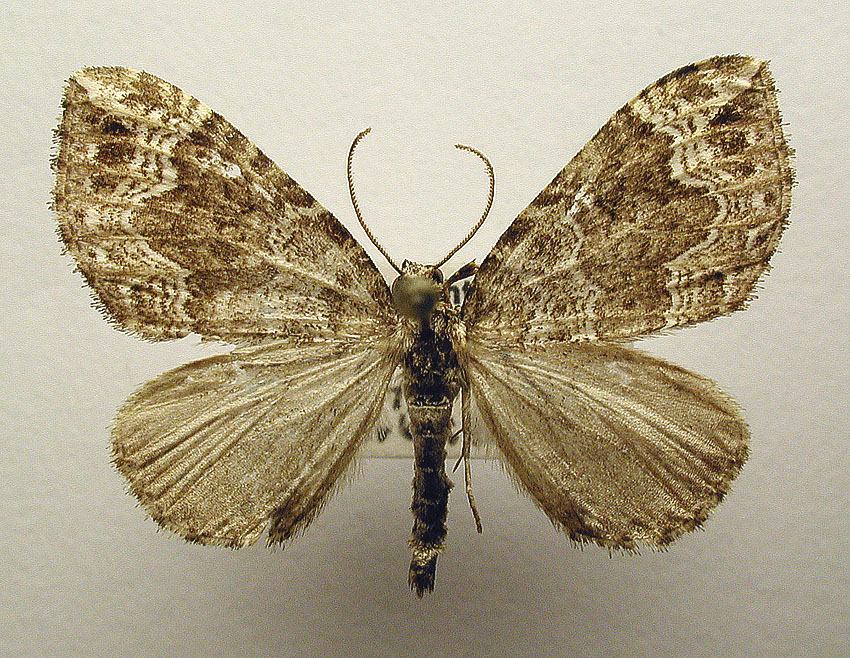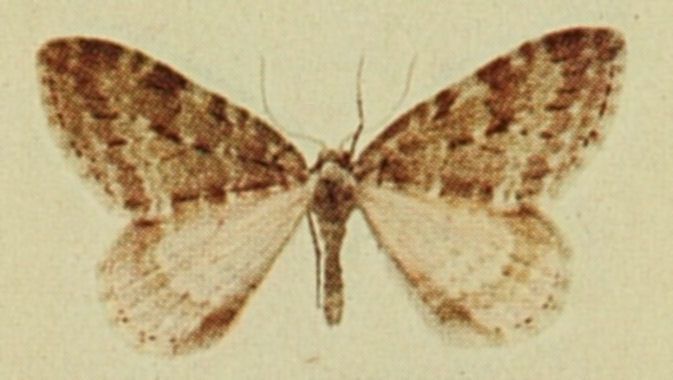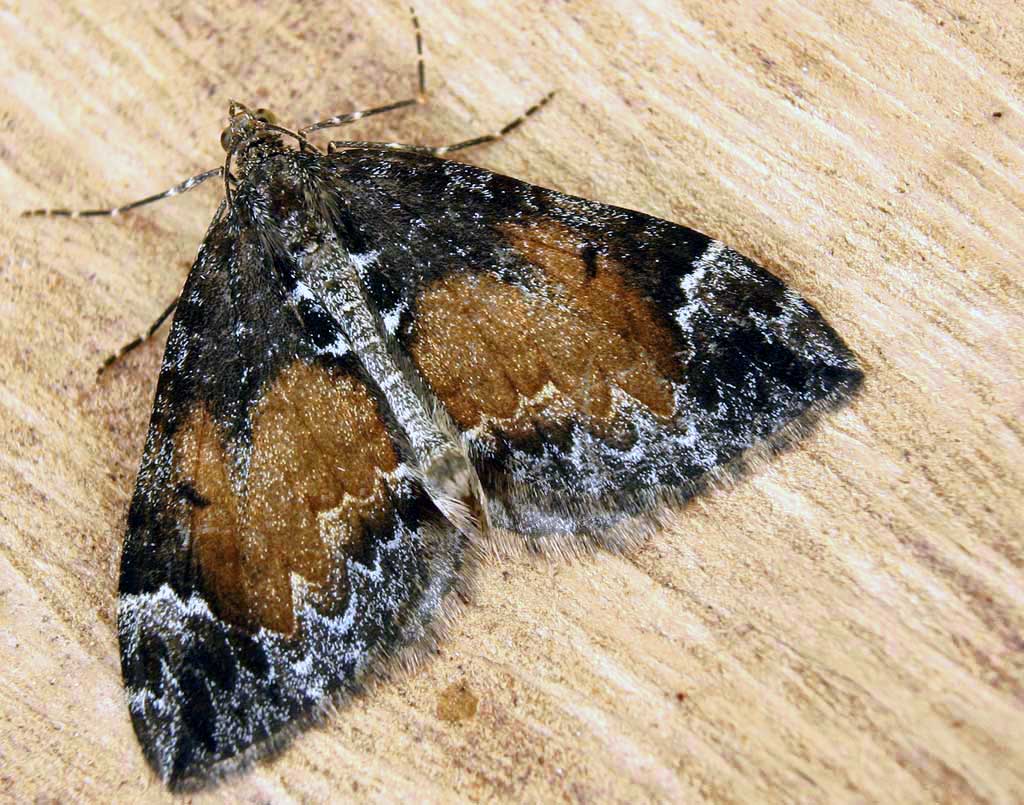Tineola bisselliella known as the common clothes moth webbing clothes moth or simply clothing moth is a species of fungus moth family tineidae subfamily tineinae it is the type species of its genus tineola and was first described by arvid david hummel in 1823.
Carpet moths wikipedia.
Carpet moth larvae feed predominately on keratin found in natural fibres such as wool and so can live on any carpet with some wool content.
A carpet moth infestation can be a costly problem as it can cause serious and often irreperable damage to carpets rugs and other soft furnishings in the home.
The moth flies from june to september depending on the location.
Tinea pellionella the case bearing clothes moth is a species of tineoid moth in the family tineidae the fungus moths it is the type species of the genus tinea which in turn is the type genus of the subfamily family as well as the superfamily tineoidea.
Its scientific name is derived from tinea a generic term for micromoths and the latin term for a furrier pellionellus.
The silver ground carpet xanthorhoe montanata is a moth of the family geometridae the species was first described by michael denis and ignaz schiffermüller in 1775.
The most common clothes moths are the webbing clothes moth easily identified with a golden colour and around half an inch in length and the case bearing moth which can be identified about inch long and their forewings are mottled brown with one large and a few.
The larvae feed on animal skin bird nests pellets fur clothing and floor and furniture covering made of animal skin.
The carpet moth is a common household textile pest.
Some moth caterpillars dig holes in the ground where they live until they are ready to turn into adult moths.
Moth larvae or caterpillars make cocoons from which they emerge as fully grown moths with wings.
Herrich schäffer when he established tineola.
The wingspan is 14 18 mm.
Identifying clothes carpet moths webbing clothes moth case bearing clothes moth.
Eustroma reticulatum the netted carpet is a moth of the family geometridae the species was first described by michael denis and ignaz schiffermüller in 1775.
Trichophaga tapetzella the tapestry moth or carpet moth is a moth of the family tineidae it is found worldwide.
The moths themselves are typically between 14 and 18 millimetres and have very distinctive markings that aid in identification.
The garden carpet xanthorhoe fluctuata is a moth of the family geometridae it is an abundant and familiar species across its huge range which covers the whole palearctic region from ireland to japan and including the near east and north africa it was first described by carl linnaeus in his 1758 10th edition of systema naturae.
As always the first step to to bringing your carpets back to health is identifying the problem.
Moths evolved long before butterflies with fossils having been found that may be 190 million years old.
Both types of lepidoptera are thought to have evolved along with.
The specific name is commonly misspelled biselliella for example by g.










